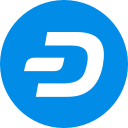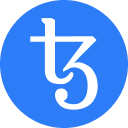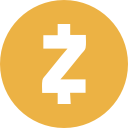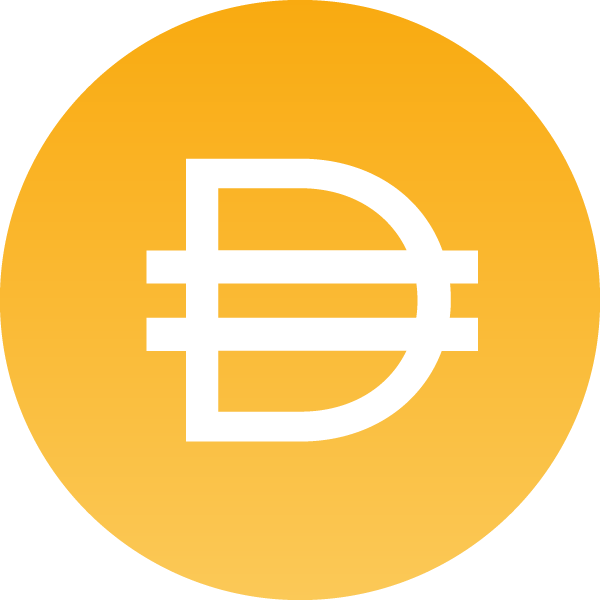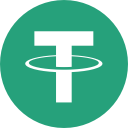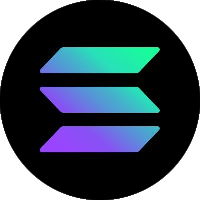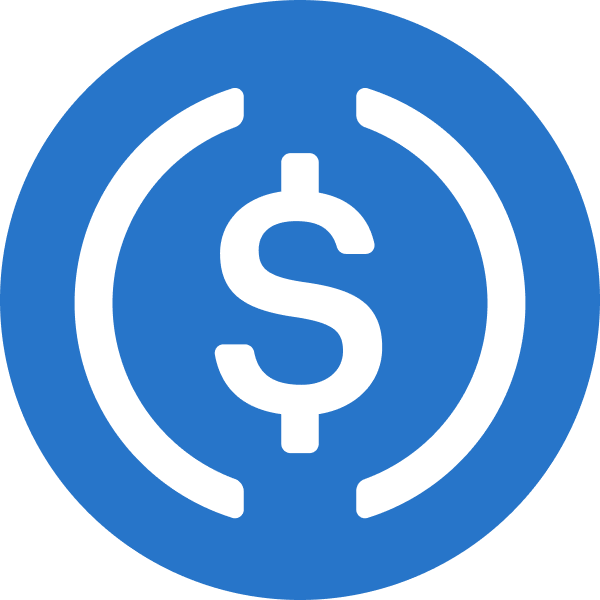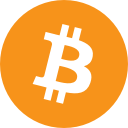
Cardano Price (ADA)

Explore Cardano
Create a Coinbase account to buy and sell Cardano and start your crypto journey!
Past performance is not a reliable indicator of future results. Learn more about asset risks.
Investment Risk
Market stats
Cardano is on the decline this week. ↘
The price of Cardano has decreased by 0.61% in the last hour and increased by 1.22% in the past 24 hours. Cardano’s price has also fallen by 1.65% in the past week. The current price is £0.81 per ADA with a 24-hour trading volume of £1.23B. Currently, Cardano is valued at 67.82% below its all time high of £2.51. This all-time high was the highest price paid for Cardano since its launch.
The current circulating supply of Cardano is 35,171,343,597.715 ADA which means that Cardano has as total market cap of 35,171,343,597.715.
Overall
Market cap
£28.5B
Volume (24h)
£1.2B
Circulating
35.2B ADA
Hold time
295 days
Popularity
#9
All time high
£2.51
Past performance is not a reliable indicator of future results. Learn more about asset risks.
This data was sourced in real-time from Coinbase and other third party market vendors. Real-time data may encounter temporary delays due to system performance or downtime.
Price change
1 hour
��↘ 0.61%
1 day
↗ 1.22%
1 week
↘ 1.65%
2 weeks
↘ 1.86%
1 month
↗ 13.09%
1 year
↗ 111.39%
Past performance is not a reliable indicator of future results. Learn more about asset risks.
This data was sourced in real-time from Coinbase and other third party market vendors. Real-time data may encounter temporary delays due to system performance or downtime.
What's happening in Cardano
Jan 9, 2025
Cardano's ADA drops 8% as traders eye a potential Trump catalyst for Bitcoin gains. (source)
About Cardano
Cardano (ADA) is a blockchain platform built on a proof-of-stake consensus protocol (called Ouroboros) that validates transactions without high energy costs. Development on Cardano uses the Haskell programming language, which is described as enabling Cardano “to pursue evidence-based development for unparalleled security and stability.” The blockchain’s native token, ADA, is named after the 19th century mathematician, Ada Lovelace.
FAQ
Cardano is one of the biggest cryptocurrencies by market cap. It’s designed to be a next-gen evolution of the Ethereum idea — with a blockchain that’s a flexible, sustainable, and scalable platform. Cardano aims to enable smart contracts, which will allow developers to build a wide range of decentralized finance apps, new crypto tokens, games, and more. According to the creators of Cardano, “Ouroboros is the first provably secure proof-of-stake protocol… more secure, scalable, and energy-efficient than anything that has come before.”
The Cardano blockchain is divided into two separate layers: the Cardano Settlement Layer (CSL) and the Cardano Computing Layer (CCL). The CSL contains the ledger of accounts and balances (and is where the transactions are validated by the Ouroboros consensus mechanism). The CCL layer is where all the computations for apps running on the blockchain are executed — via the operations of smart contracts. The idea of splitting the blockchain into two layers is to help the Cardano network to process as many as a million transactions a second.
Unlike Ethereum-based tokens, Cardano native tokens aren’t created via smart contract. Instead, they run on the same architecture as the ADA cryptocurrency itself. According to the nonprofit Cardano Foundation, this makes Cardano native assets “first-class citizens” on the blockchain. Their native architecture can theoretically make these tokens more secure and reduce the fees associated with transactions.
Cardano was launched in September 2017 by Ethereum co-founder Charles Hoskinson, and aims to be a third-generation blockchain (or blockchain 3.0) project — building on top of the technology pioneered by Bitcoin (first gen) and Ethereum (second gen). Cardano’s goal is to be a highly scalable and energy-efficient smart contract platform.
The Ouroboros consensus mechanism is based on peer-reviewed research by a team of computer scientists and cryptographers from the University of Edinburgh, Tokyo University, and other institutions. Their goal was to build a decentralized network that could validate transactions in a scalable, secure way — while ensuring that the Cardano platform would be as energy-efficient as possible.
Cardano’s goal is to be the most environmentally sustainable blockchain platform. It uses a unique proof of stake consensus mechanism called Ouroboros, as opposed to the energy-intensive proof-of-work system currently used by Bitcoin.
Decentralized cryptocurrency networks need to make sure that all transactions are legitimate without the oversight of a central authority, like a bank. To accomplish this they use a “consensus mechanism” to verify transactions.
The original crypto consensus mechanism, called proof of work, was first popularized by Bitcoin mining. Proof of work requires a large amount of processing power contributed by virtual “miners” around the world. Rather than using a network of miners, proof of stake uses a network of invested participants called validators.
On March 1, 2021, the Cardano blockchain introduced the ability to create native tokens. Like Ethereum tokens — which can include things like NFTs or stablecoins — Cardano native assets can be created and distributed on the blockchain and are able to interact with smart contracts (once smart contracts are enabled on the platform).
Much like the Ethereum blockchain’s native cryptocurrency is ETH, the Cardano blockchain’s native cryptocurrency is ADA — which can be bought or sold via exchanges like Coinbase. Today, ADA can be used to store value (perhaps as part of your crypto portfolio), to send and receive payments, and for staking and paying transaction fees on the Cardano network.
You can hold ADA on Coinbase, in Coinbase Wallet, and using a number of crypto exchanges and wallets.
Released: September 2017
We update our Cardano to GBP currency in real-time. Get the live price of Cardano on Coinbase.
The current market cap of Cardano is £28.45B. A high market cap implies that the asset is highly valued by the market.
The all-time high of Cardano is £2.51. This all-time high is highest price paid for Cardano since it was launched.
Over the last 24 hours, the trading volume of Cardano is £1.23B.
Assets that have a similar market cap to Cardano include Tether, BNB, Solana, and many others. To see a full list, see our comparable market cap assets.
The current circulating supply of Cardano is 35 billion.
The median time that Coinbase customers hold Cardano before selling it or sending it to another account or address is 295 days.
Cardano ranks 6 among tradable assets on Coinbase. Popularity is currently based on relative market cap.
Currently, 98% of Coinbase users are buying Cardano. In other words, 98% of Coinbase customers have increased their net position in Cardano over the past 24 hours through trading.
Yes, Cardano is currently available on Coinbase’s centralized exchange. For more detailed instructions, check out our helpful how to buy Cardano guide.
Cardano Price History
Date | Price | Change |
|---|---|---|
Today (January 22, 2025) | £0.81 | 1.49% |
24 hours ago (January 21, 2025) | £0.80 | 1.22% |
1 week ago (January 15, 2025) | £0.83 | -1.65% |
1 month ago (December 22, 2024) | £0.71 | 13.09% |
1 year ago | £0.38 | 111.39% |
Get up to $200 for getting started
Earn free crypto after making your first purchase. Terms apply.

Sum of median estimated savings and rewards earned, per user in 2021 across multiple Coinbase programs (excluding sweepstakes). This amount includes fee waivers from Coinbase One (excluding the subscription cost), rewards from Coinbase Card, and staking rewards.
Cardano Calculator
Social
Some highlights about Cardano on social media
32,294 unique individuals are talking about Cardano and it is ranked #10 in most mentions and activity from collected posts. In the last 24 hours, across all social media platforms, Cardano has an average sentiment score of 3.2 out of 5. Finally, Cardano is becoming more newsworthy, with 16 news articles published about Cardano. This is a 21.43% increase in news volume compared to yesterday.
On Twitter, people are mostly neutral about Cardano. There were 20.96% of tweets with bullish sentiment compared to 5.56% of tweets with a bearish sentiment about Cardano. 73.48% of tweets were neutral about Cardano. These sentiments are based on 23434 tweets.
On Reddit, Cardano was mentioned in 774 Reddit posts and there were 1307 comments about Cardano. On average, there were more upvotes compared to downvotes on Reddit posts and more upvotes compared to downvotes on Reddit comments.
Powered by LunarCrush
Overview
Contributors
32,294 people
Posts
20,556 posts
Dominance
0.53%
Volume rank
#10
Average Sentiment
3.2 out of 5
News Articles
16
Tweet Count
23,434 people
Sentiment
20.96%
Bullish
73.48%
Neutral
5.56%
Bearish
Posts
774
Comments
1,307
Post Score
2,123
Comment Score
2,253
Related Assets
Discover conversions
Popular cryptocurrencies
A selection of cryptocurrencies in the top 50 by market cap.
Comparable market cap
Of all the assets on Coinbase, these 12 are the closest to Cardano in market cap.
Discover more assets
A selection of other relevant cryptocurrencies
This data was sourced in real-time from Coinbase and other third party market vendors. Real-time data may encounter temporary delays due to system performance or downtime.
Certain content has been prepared by third parties not affiliated with Coinbase Inc. or any of its affiliates and Coinbase is not responsible for such content. Coinbase is not liable for any errors or delays in content, or for any actions taken in reliance on any content. Information is provided for informational purposes only and is not investment advice. This is not a recommendation to buy or sell a particular digital asset or to employ a particular investment strategy. Coinbase makes no representation on the accuracy, suitability, or validity of any information provided or for a particular asset. Prices shown are for illustrative purposes only. Actual cryptocurrency prices and associated stats may vary. Data presented may reflect assets traded on Coinbase’s exchange and select other cryptocurrency exchanges.
